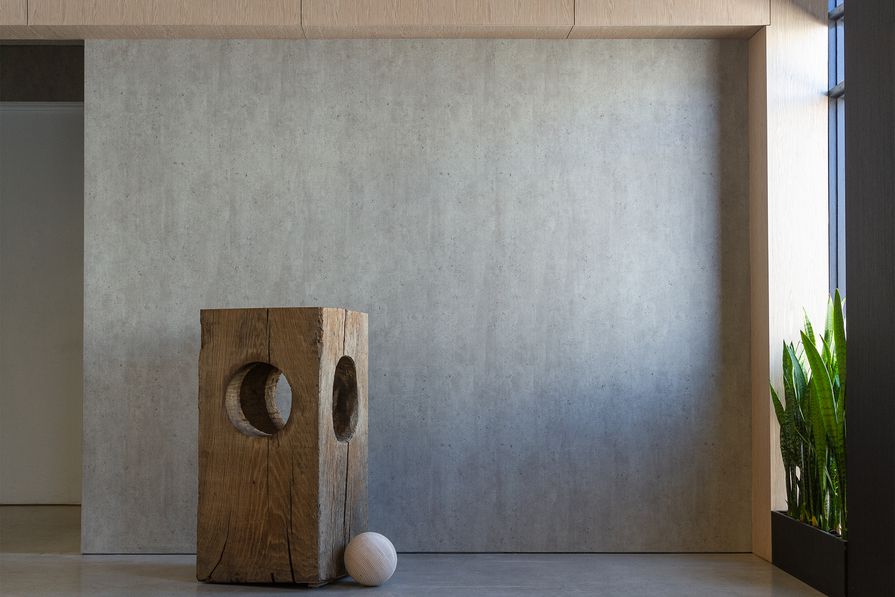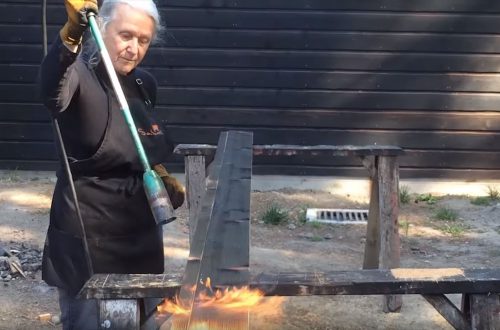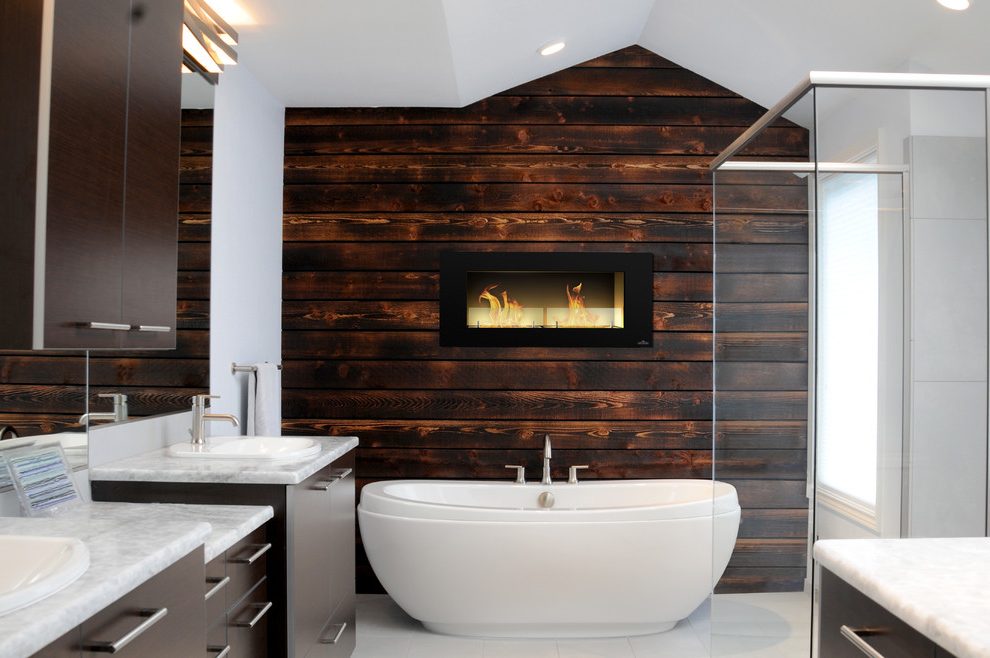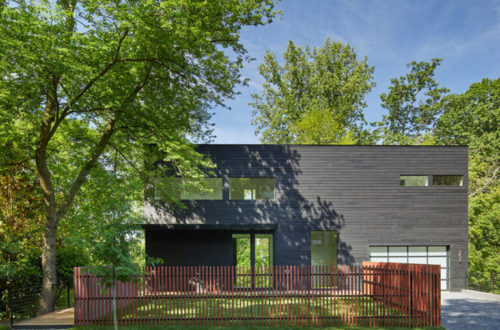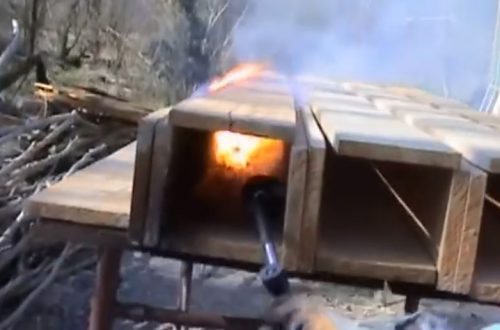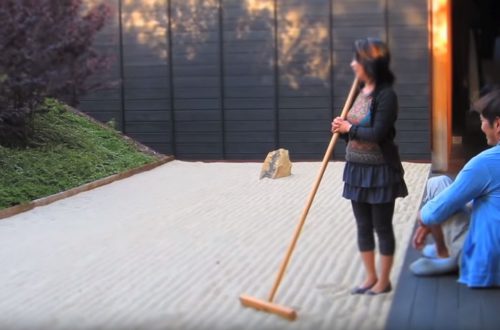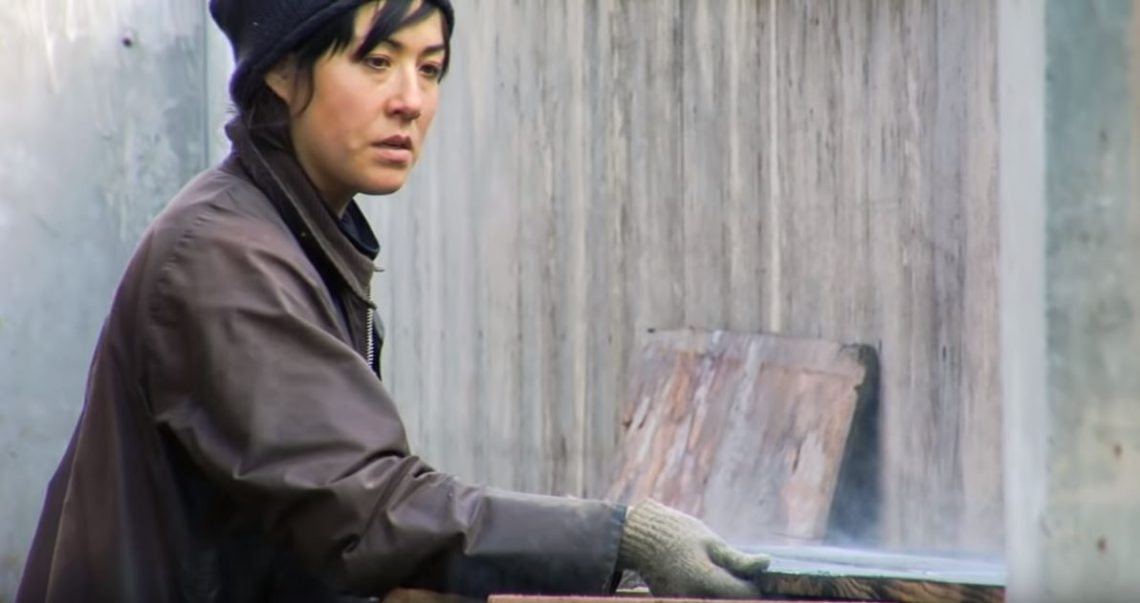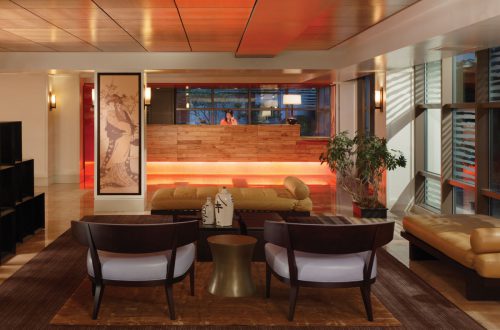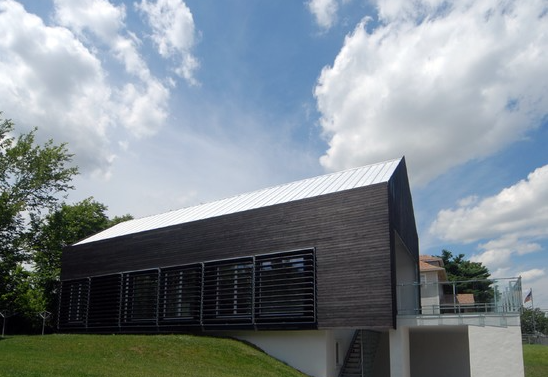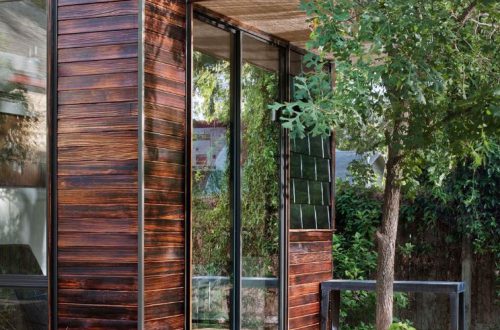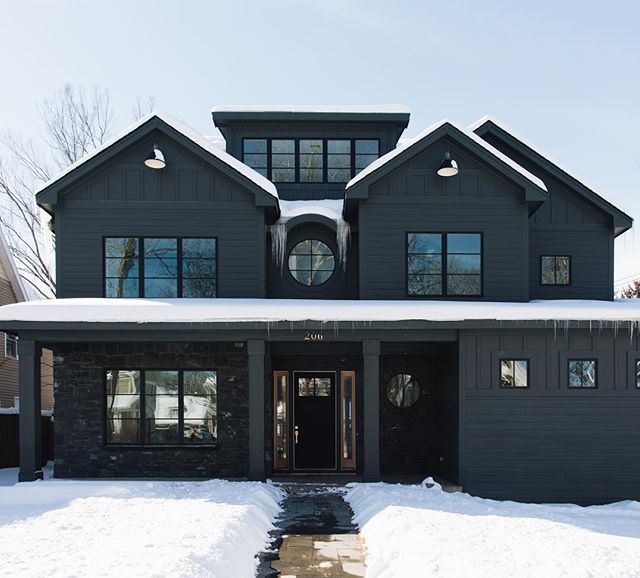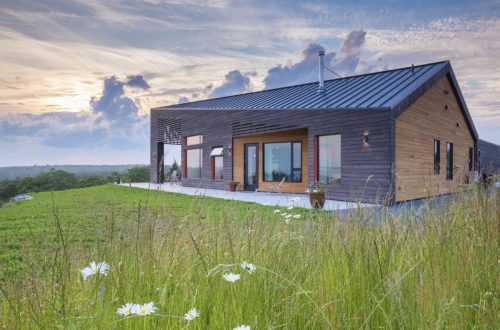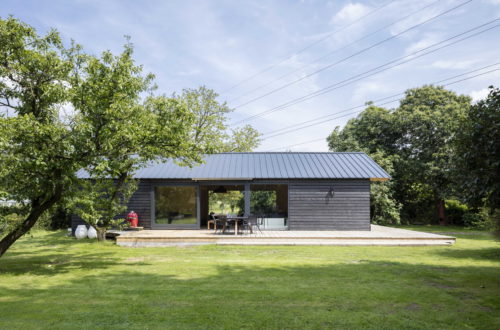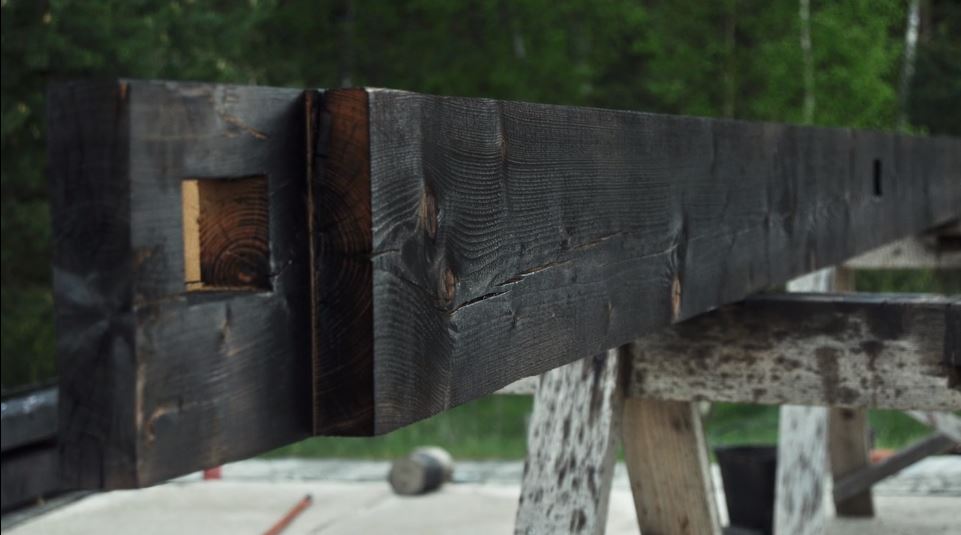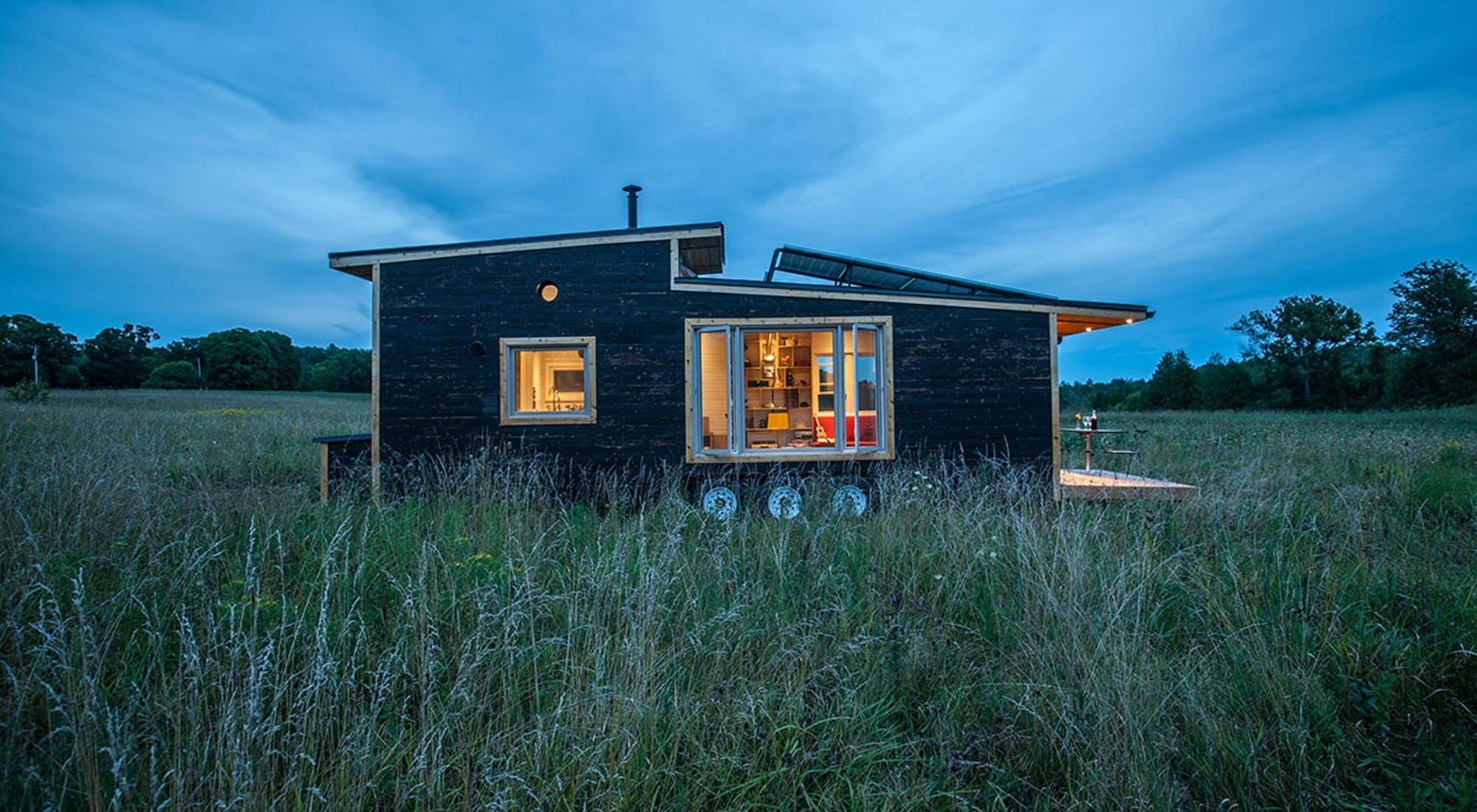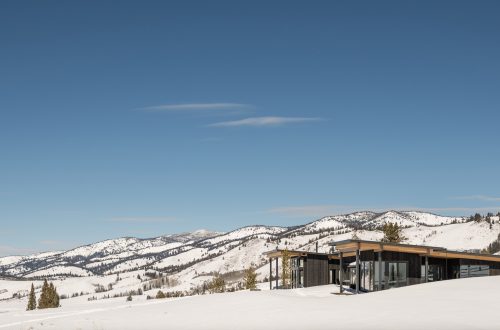DIY
-
PaperWall replicates Shou Sugi Ban for WallPaper
PaperWall, the newest addition to the Elton Group collection, is a wood fibre based paper surface that replicates the patterning, grain and texture of timber and other materials with impressive realism. PaperWall: A wallpaper that replicates the patterning, grain and texture of timber and other materials with unrivaled realism. Among the finishes are a wide range of oak looks – from pale oak to charcoal oak – a Shou Sugi Ban finish, corten steel and concrete. The innovative surface is achieved through a combination of high-definition printing and precision embossing, the alignment between natural grain and texture creating a surface almost indistinguishable from the real thing. PaperWall is sourced from well-managed,…
-
Shou Sugi Ban Industrial Chic Bathroom
Susie Davis calls the style of her powder room “Charles Dickens Meets Jack the Ripper.” It exudes an Industrial Revolution era vibe with a factory chic aesthetic. Lamenting that “vanities are stupid expensive,” she convinced her husband to help her build one. She found the plans online and they went to work. Davis, who claims that she used to be far more extroverted but now desires nothing more than to retreat to her garage — her girl cave — and watch DIY videos, found exactly the treatment she wanted in one such screening: Shou Sugi Ban. This Japanese technique of charring wood essentially encases the wood in a layer of carbon…
-
DIY Tips for Shou Sugi Ban
How should DIYers approach the Shou Sugi Ban process for the best results? For a durable burnt wood finish that will last 50 years or more, follow these Shou Sugi Ban application tips: Apply on softwoods only. As a result of its porous nature, cedar—Japanese cedar in particular—readily chars to the depth needed for a protective and appealing burnt wood finish. However, other softwoods, including pine and fir, are also good candidates. Avoid hardwoods, such as teak or walnut, which are denser and don’t char as readily. Skip the sanding. Because burning the wood surface removes any existing rough patches, there’s no need for sanding the wood before scorching it. If, however,…
-
The Appeal of a Burnt Wood Finish
This Old House’s Bob Vila addresses the hottest trend in design—which is also an ancient Japanese technique— and offers his list of surprising benefits for siding, furniture, and more. Whether you’re ready to build a new wood deck, furniture, or wood wall paneling—or aim to spruce up existing ones—you’ll ultimately want both beauty and longevity. While chemical preservatives can be applied to untreated wood to prolong its life, and stain or paint can enhance visual appeal, these time-consuming treatments must be undertaken separately. Home improvement guru, Bob Vila, wonders why not consider shou sugi ban (pronounced shoh shoo-gee bahn), a much-buzzed-about technique that allows any DIYer comfortable with using a blowtorch to fortify and beautify…
-
The Birth Of A Wooden House
For anyone interested in exquisite woodcraft, this documentary movie from Northmen: The Northern Guild of Master Craftsmen uncovers the process of building a wooden house with hand tools and local materials – starting with finding timber in the local forest till finishing the living space. “To preserve the wood from the spoiling, fame posts, sills, top beams and final cladding boards are treated with fire and pine tar mixed with Tung oil. This wood preservation technique was adapted from the Japanese traditional wood preservation technique Shou Sugi Ban (焼杉板).” Master Craftsman “I built my house from trees that I felled with an axe and two man crosscut saw in my…
